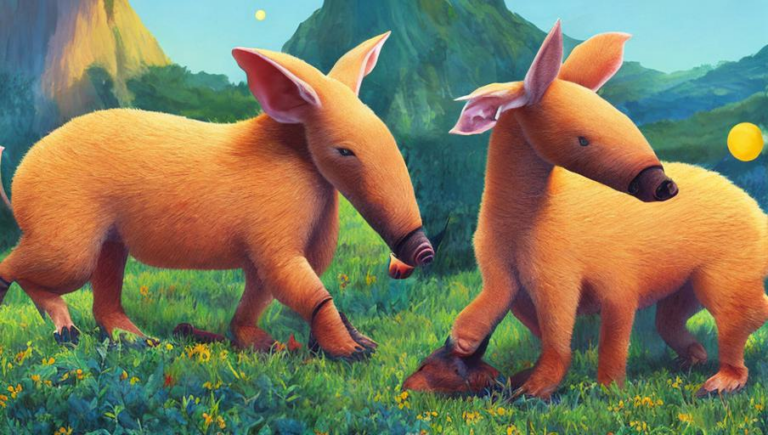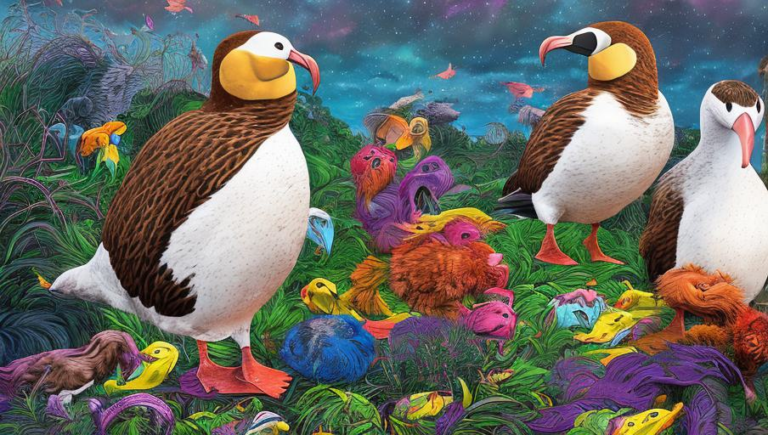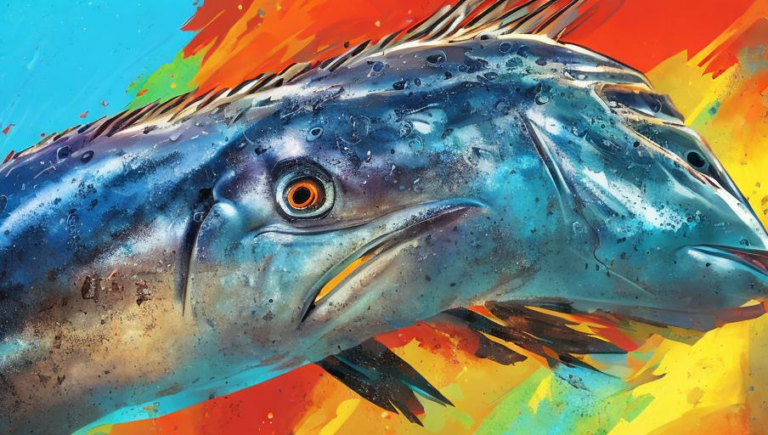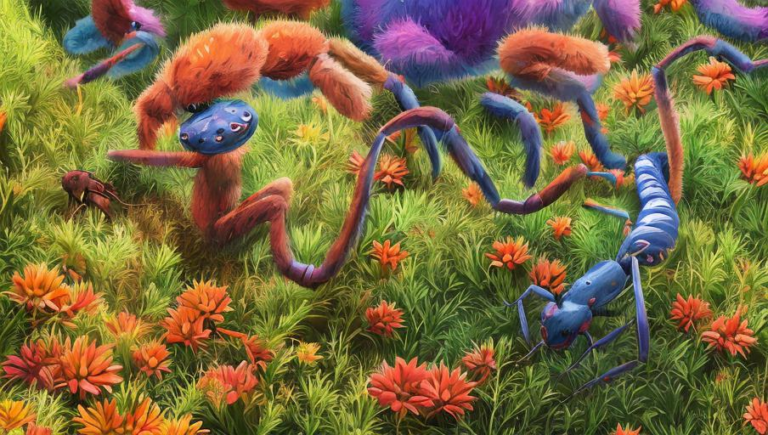Your Introduction to Clam Anatomy
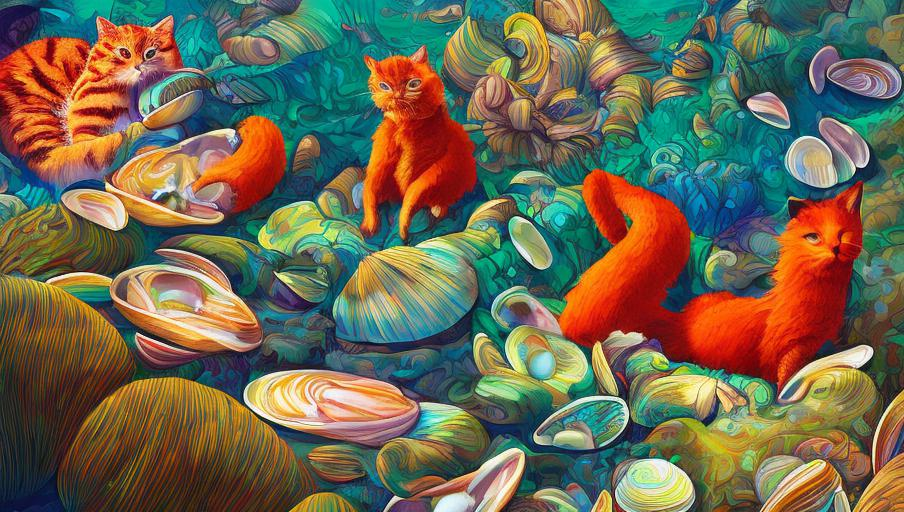
Clam Anatomy Basics
Clams, also known as bivalves, are a type of mollusk with a shell that is composed of two hinged valves. Clams are incredibly diverse, and can be found in oceans, rivers, and lakes all over the world. They have a variety of shapes, sizes, and colors, and can survive both in shallow and deep water. Clams are an important part of the global ecosystem, providing food and shelter to a variety of other species. They are also an important food source for humans.
Mouthparts
Clams have a variety of mouthparts that are used to feed, breathe, and defend themselves. The most prominent of these is the siphon, which is a tube-like structure that is used to draw water into the clam and filter out food. Clams also have a pair of palps, which are small appendages that can be used to detect food and move it into the mouth. In some species, these palps can also be used to defend against predators.
Digestive System
Clams have a simple digestive system, composed of a stomach, intestine, and anus. The stomach is where food is broken down and then passed into the intestine for further digestion. The intestine is where the nutrients are absorbed, and then any waste is passed out through the anus.
Shells
The shells of clams are composed of two hinged pieces, called valves, which are connected by an elastic ligament. The shells are incredibly strong and can protect the clam from predators. Clams will also use their shells to bury themselves in the sand or mud to hide from predators.
Reproduction
Clams generally reproduce via broadcast spawning, which is when they release eggs and sperm into the water. The sperm and eggs will then find each other and fertilize, and the resulting larvae will develop into the adult clam. Some species of clam will also reproduce via internal fertilization, where the sperm is directly introduced into the clam’s body.
Importance of Clams
Clams are an important part of the global ecosystem, providing food and a habitat for other species. They are also an important food source for humans, and their shells can be used to make items such as jewelry and buttons. Clams also help to keep their habitats clean, as they filter out particles from the water. Finally, they play an important role in the global carbon cycle, as they absorb carbon dioxide and release oxygen into the water.

